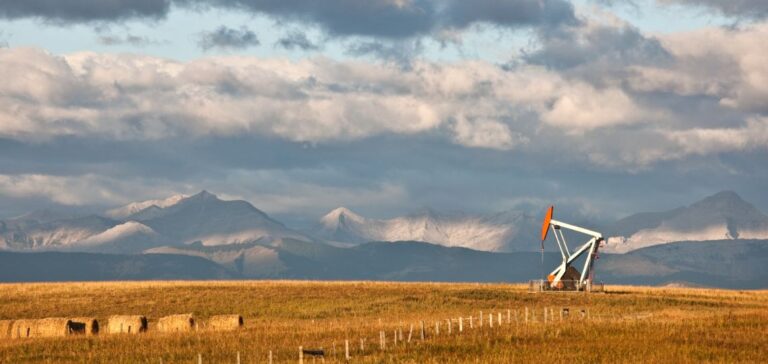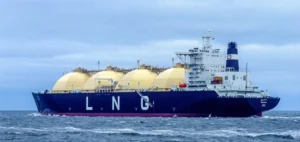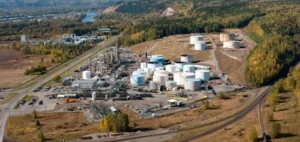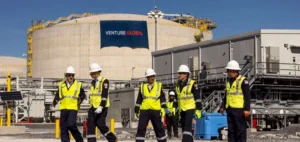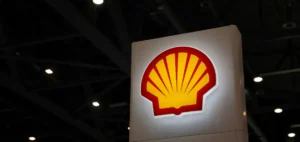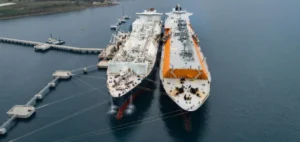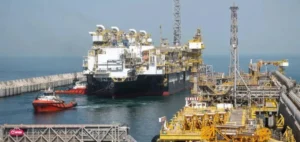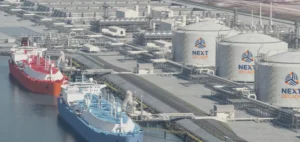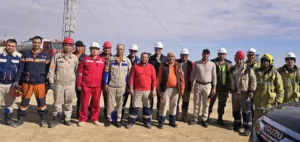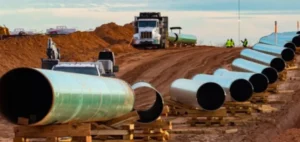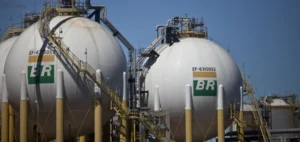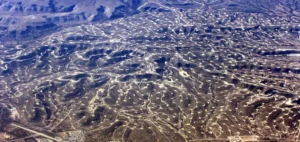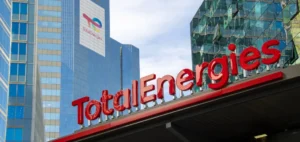Prairie Provident Resources Inc., a Calgary-based company listed on the Toronto Stock Exchange, released its financial and operational results for the year ended 31 December 2024, along with an updated evaluation of its reserves. During the year, the company divested several non-core assets, reduced its debt load and accelerated development in the Basal Quartz formation, located in its core Michichi area in Alberta.
Debt reduction through divestments and capital raising
The sale of the Evi assets and certain non-core properties in the Provost area yielded net proceeds of approximately CAD$24.2mn, of which CAD$20.0mn was allocated to repaying indebtedness under the senior secured note facility. In October, the company completed a rights offering that raised CAD$12.0mn in gross proceeds, which were used to drill two horizontal wells in the Basal Quartz and further reduce debt.
Production decline offset by targeted gains
Annual average production reached 2,310 barrels of oil equivalent per day (boe/d), down from 3,558 boe/d in 2023, with liquids accounting for 56% of total output. The two newly drilled Basal Quartz wells delivered initial 60-day average production rates of 333 and 305 boe/d, respectively. Operating expenses averaged CAD$32.98 per boe, while the company posted an operating netback of CAD$9.8mn before the impact of derivatives.
Reserves revision and new drilling phase
According to the report from independent evaluator Trimble Engineering Associates Ltd., proved and probable reserves now total 24.4 million barrels of oil equivalent (MMboe), with a net present value before taxes estimated at CAD$337.2mn, discounted at 10%. The company recorded a reserves reduction due to divestments (-8.4 MMboe) and technical revisions, while adding 9.4 MMboe through new drillable locations in the Basal Quartz.
2025 Basal Quartz development underway
In the first quarter of 2025, three additional horizontal wells were drilled in the Basal Quartz following the late 2024 completions. Fracturing operations were finalised for two of the wells, with the third scheduled to begin in early April. All wells will be equipped with conventional artificial lift and are expected to come onstream by mid-April, with natural gas being captured locally.


